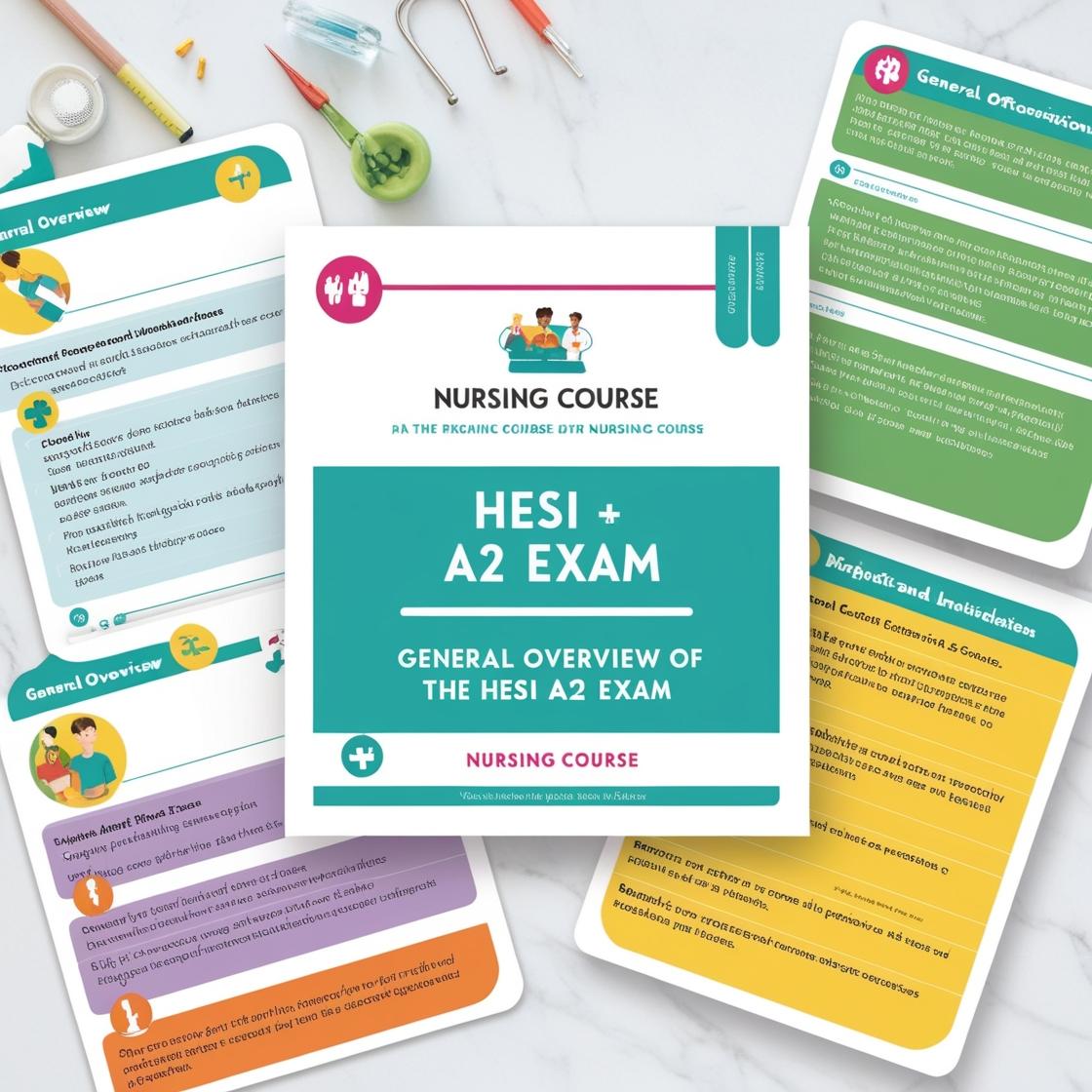HESI A2
HESI A2 Reading Comprehension V2 2024
1. The author of the passage would probably agree with which of the following statements relating corrective lenses and aging eyes?
- A. A carpenter uses wood glue to fix a broken cabinet.
- B. A student buys a new notebook for upcoming classes.
- C. A chef sharpens knives before starting to cook.
- D. An athlete stretches before a game to avoid a potential injury.
Correct answer: D
Rationale: The correct analogy for the role of corrective lenses in helping aging eyes can be compared to an athlete stretching before a game. Just as stretching prepares an athlete's body to perform optimally and avoid injury during a game, corrective lenses help aging eyes adjust and focus properly due to the hardening and loss of elasticity in the eye lens. Choices A, B, and C do not align with the concept of preparing or adjusting to address a specific issue, unlike the use of corrective lenses for aging eyes.
2. In the context of the passage, 'accommodate' means to
- A. Arrange lodging for
- B. Contain
- C. Make allowances for
- D. Excuse
Correct answer: C
Rationale: In this context, 'accommodate' means to make allowances for different focal points of vision. The passage explains that the function of the lens is to adjust for different focal points so that sensory data can be correctly directed to the retina for interpretation into images by the brain. This aligns with the meaning of 'make allowances for' as it indicates adapting to or accommodating different needs or requirements. Choices A, B, and D are incorrect because in the context of the passage, 'accommodate' specifically refers to adjusting for different focal points of vision rather than arranging lodging, containing, or excusing.
3. Why did Strauss set up a net during the construction of the Golden Gate Bridge?
- A. For suspension
- B. For balance
- C. For aesthetics
- D. For safety
Correct answer: D
Rationale: Strauss set up a net to ensure the safety of the workers in case of falls during the construction of the Golden Gate Bridge. Safety nets were essential to protect the workers from potential accidents or falls while working on the bridge. Choice A ('For suspension') is incorrect as safety nets were not used for suspension purposes but rather for worker safety. Choice B ('For balance') is incorrect as the balance of the bridge was maintained by other construction elements, not safety nets. Choice C ('For aesthetics') is incorrect as safety nets are not related to the visual appearance of the bridge but rather to the protection of the workers.
4. Which of the following would be the best title for this passage?
- A. Bicycles are better.
- B. A ride through the history of bicycles.
- C. Cycle your way to fitness.
- D. The popularity of bicycles.
Correct answer: B
Rationale: The best title for this passage would be 'A ride through the history of bicycles' as it provides a comprehensive overview of the historical development of bicycles from their invention to modern times. Choice A, 'Bicycles are better,' is incorrect as it does not capture the essence of the passage, which focuses on the history and evolution of bicycles rather than their superiority. Choice C, 'Cycle your way to fitness,' is misleading as the passage does not primarily discuss the fitness aspect of cycling but instead focuses on the evolution of bicycle design. Choice D, 'The popularity of bicycles,' is too narrow as it only touches on one aspect mentioned briefly in the passage, while the passage covers a broader historical perspective.
5. Which of the following describes the purpose of the passage?
- A. To describe the causes of cystic fibrosis
- B. To explain how cystic fibrosis is passed down through families
- C. To provide an overview of CF and how it is inherited
- D. To review why some Americans have CF, but others do not
Correct answer: C
Rationale: The correct answer is C. The passage aims to provide an overview of cystic fibrosis (CF) and how it is inherited. It explains that CF is passed down through families due to a defective gene, detailing how this gene affects the body and who is most commonly affected by the disease. Choices A, B, and D are incorrect because the passage does not solely focus on describing the causes of CF, explaining how it is passed down through families, or reviewing why some Americans have CF while others do not. Instead, it provides a broader perspective on CF and its inheritance.
Similar Questions

Access More Features
HESI A2 Basic
$99/ 30 days
- 3,000 Questions with answers
- 30 days access @ $99
HESI A2 Premium
$149.99/ 90 days
- Actual HESI A 2 Questions
- 3,000 questions with answers
- 90 days access @ $149.99
